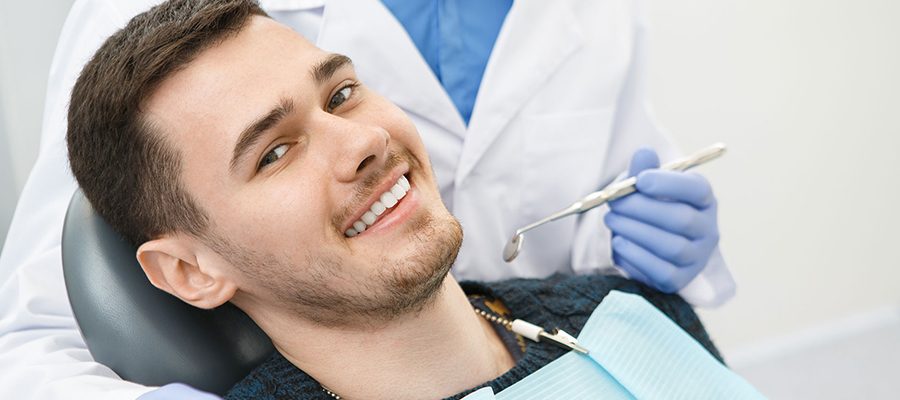
What is gingival recession?
If the gingival band, the soft tissue that surrounds the teeth, recessed towards the root, it is defined as gingival recession.
What can gingival recession cause?
If the exposed root surface comes into contact with something from the outside, tingling and sensitivity can occur. Root surface caries can be seen. All gingival recessions bring along aesthetic problems.
What are the reasons for gingival recession?
Gingival recession in a particular region may be due to local trauma. Lip piercings can create trauma in the region where they get into contact with the gums in a short time, which can cause gingival recession. Another reason is the wrong brushing method. Brushing the teeth with upright movements can cause the gums to pull back. Gingival recession can also occur due to abnormal habits such as teeth clenching.
How can gingival recession be treated?
Restoring the gingival level with surgery, applying a free gum graft to the exposed root surface or a side-shifted flap operation are considered as primary treatment options. If the if the adherent gum level is not suitable for soft tissue positioning it is possible as secondary treatment to cover the exposed root surface with aesthetic filling or coating.
Can gingival recession be related to age?
There is, without doubt, a decrease in the level of bone surrounding the teeth as the age progresses. This is why a recession of the gums, which surround the bone, might become visible. However, localized gingival recessions or genetic factors have no relevance to age. Gingival recession can be seen in all age groups.
Can wrong and hard brushing cause gingival recession?
First of all, the characteristics of the tooth brush are important. A soft toothbrush must be used in all cases. The higher the number of bristles, the greater is the tooth brush’s ability to clean. Holding the toothbrush perpendicular to the tooth surface and pressing firmly to the left and right can cause recession of the gums and abrasion of the tooth surface.
What are surgical interventions in cases of gingival recession?
Gum surgery can be performed in different ways. The patient’s own gum tissue can be applied as a graft to the area where the gingival recession is performed. Grafting is performed under local anesthesia and no pain is experienced. Sliding flap operation and grafting are also an alternative. The physician will make the most appropriate treatment plan according to the condition of the patient. In gum surgery, the patient feels no pain. Afterwards, when compared to other healing durations, the fastest healing tissue in the body is the oral mucosa.
What should be considered after gum surgery?
The patient shouldn’t eat or drink anything for 2 hours after the surgery. Since the first 24 hours are very important for the regeneration of the oral mucosa, it is very important not to smoke cigarettes and similar tobacco products for 1 day. Nutrition is very important. Sodas shouldn’t be consumed. The patient should avoid excessive spicy foods. Brushing and dental care is very important. Mouthwash should be used in order to keep the surgery area clean.
Do they apply stitches after gum surgery?
In general the dentist applies stitches after gum surgery. These are removed 1 week after the surgery. Self-melting stitches do not need to be removed. They will fall off and disappear as soon as the gums heal. In some cases that are treated with laser, stitches are not required.
Follow us on instagramhttps://www.instagram.com/dentavrasya/?hl=tr